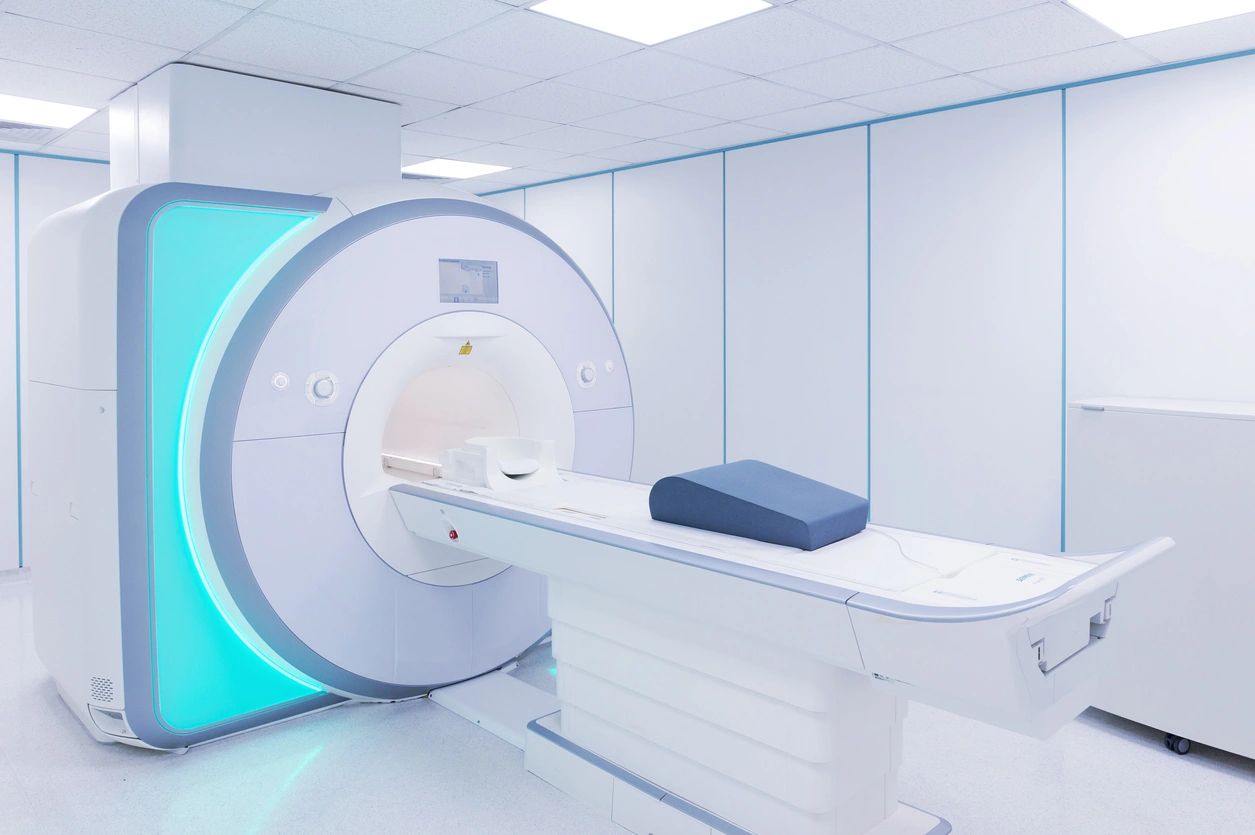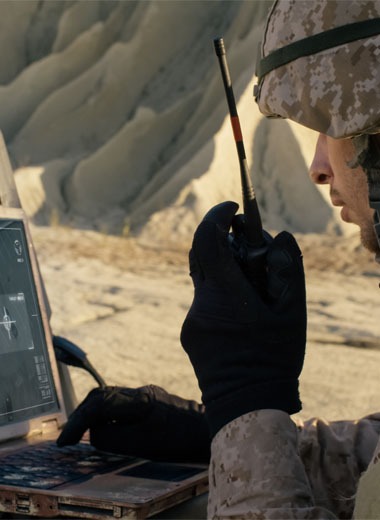MRI (Magnetic Resonance Imaging) has become an invaluable tool for a variety of applications in today’s medical environment. From preventative screening to invasive surgery, generally some type of imaging technology will aid the technician or surgeon in completing their task. To help these professionals do their job more accurately and efficiently, it is essential to continue to improve the capabilities of the imaging technologies.

This includes not only signal to noise ratio but also the ease of use associated with the physical form of the devices. In addition, the environments within which these devices are employed are quite harsh. Vast arrays of EMI emitting instruments/devices, chemicals for sterilization, and extreme magnetic fields of MRI equipment are just some of the environments which create challenges that engineers need to consider when designing the device and selecting shielding schemes.
SnapShot® EMI Shields for MRI Equipment

SnapShot EMI shields are thermoformed from a thin, metallized engineering polymer. The metallization is comprised of a very small quantity nickel and tin making it feasible for use within the magnetic fields of MRI environments. This can allow shielding to be deployed in parts of the device that were not previously considered viable, due to the ferromagnetic properties of most traditional shielding products available.
As an example, analog to digital converters (ADCs) require isolation to perform effectively. An image quality improvement can be obtained by converting the signal closer to the antenna to avoid losses incurred in transmission to the shielded control instrumentation. By using SnapShot to shield the ADCs at the antenna (within the magnetic field) a much higher image quality can be achieved.
Given that the shields are thermoformed, a fully customizable 3D shield can be realized for unique applications/geometries, such as a molded ultrasound transducer head. Casey Gregory, a high-risk obstetric sonographer with the Maternal Fetal Medicine unit of a prominent east coast children’s hospital, conveyed the opinion that the transducer heads are not optimized for users with smaller hands (a common problem, noting the vast majority of obstetric sonographers are women). “The good 3D/4D transducers are very large in your hand. This is not ideal for scanning over a long period of time as the finger strain and gripping of the transducer causes fatigue. Contoured transducers would be a great improvement.” The effect of this issue is not contained to detrimental effects on image quality and the outcome of the procedures. There are also longer term considerations for the sonographers. She cited her “wrist, elbow, shoulder and back will be sore after scanning a large number of patients or performing guidance for procedures for a long time.” This would suggest equipment manufacturers need to focus on enabling the ergonomics of the interface to better match the user in order increase the chance of positive outcomes and healthy sonographers. Having SnapShot shields able to match these optimized geometries, without sacrificing EMI isolation capability, is a valuable tool to have in a device designer’s toolbox.
The benefit of using SnapShot shields extends beyond just matching complex 3D geometries. Additional features can be incorporated into the shield which will improve overall device design, reduce tooling requirements, simplify post processing, and enable easier assembly. Some of these feature examples could be inclusion of strategic holes atop the shield into which potting compound is injected, making the shield a “leave in place” mold; or formed channels, which accept wires/cables to manage routing at final device assembly.
MRI equipment designers have an exorbitant amount of considerations, restrictions, and regulations when attempting to bring a device to market. EMI shielding should not be a limitation to design actualization. SnapShot shields can enable wholly unique shielding schemes, help realize complicated device geometries without sacrificing shielding performance, and maximize usefulness of the total enclosure volume for these dense and complicated designs. Contact XGR Technologies to discuss all the ways SnapShot shields can help optimize your designs.










